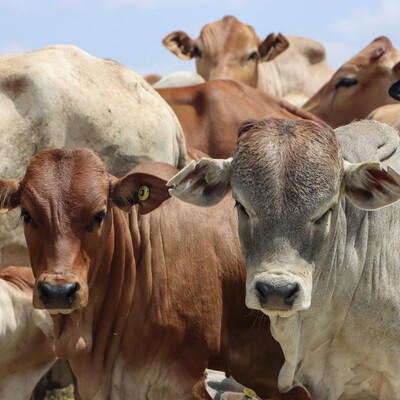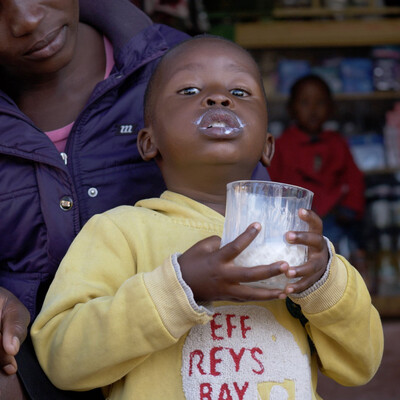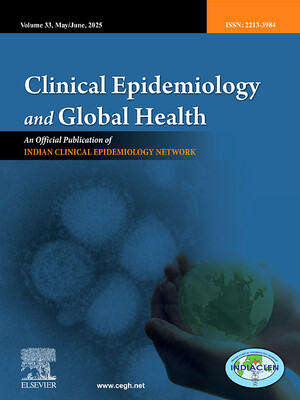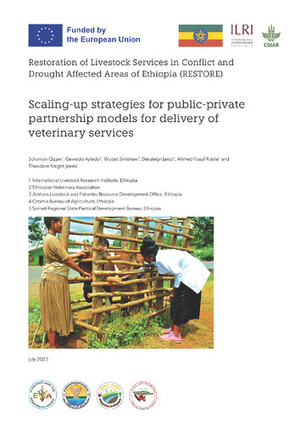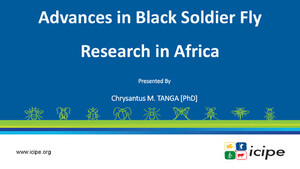
Scaling improved strategies for Rift Valley fever vaccination in livestock in eastern Africa
Background
Outbreaks of Rift Valley fever (RVF) occur periodically in eastern, southern and western Africa with human and animal health burdens and socioeconomic losses. The zoonotic disease is caused by a virus which is transmitted by various species of mosquitoes. The disease mainly affects cattle, sheep, goats, and camels, leading to abortions and mortality in young animals. Humans can be infected if they contact infected tissue or are bitten by infected mosquitoes. Outbreaks occur following periods of above normal and persistent precipitation and flooding which establishes good breeding grounds for mosquitoes. Of all the available control measures, livestock vaccination is considered the most promising for preventing human and livestock RVF cases when used appropriately. There are at least three types of RVF vaccines that are available in the sub-Saharan Africa. Whereas vaccines can be effective in the prevention of RVF, strategies for their deployment have been suboptimal. Veterinary departments, for example, maintain a tight control on the distribution of the vaccines. The private sector often has limited access to these vaccines even in high potential areas where it could support their deployment. More importantly, multiple barriers limit the uptake of the vaccines at the community level. These barriers include cost, access to information on vaccination campaigns, and time/ability to drive animals to vaccination points.
Components
The project has three components:
• Gender: Testing gender-responsive modifications to an RVF vaccination campaign with the goal of reducing barriers for women who want to vaccinate their livestock.
• Nutrition: Predicting the impact of RVF outbreaks on nutrition using dynamic models, to demonstrate potential benefits which an RVF control measures would offer.
• Business plan: Capturing costs of vaccination and identifying stakeholders and incentives which could be used in horizontal and vertical scaling.












